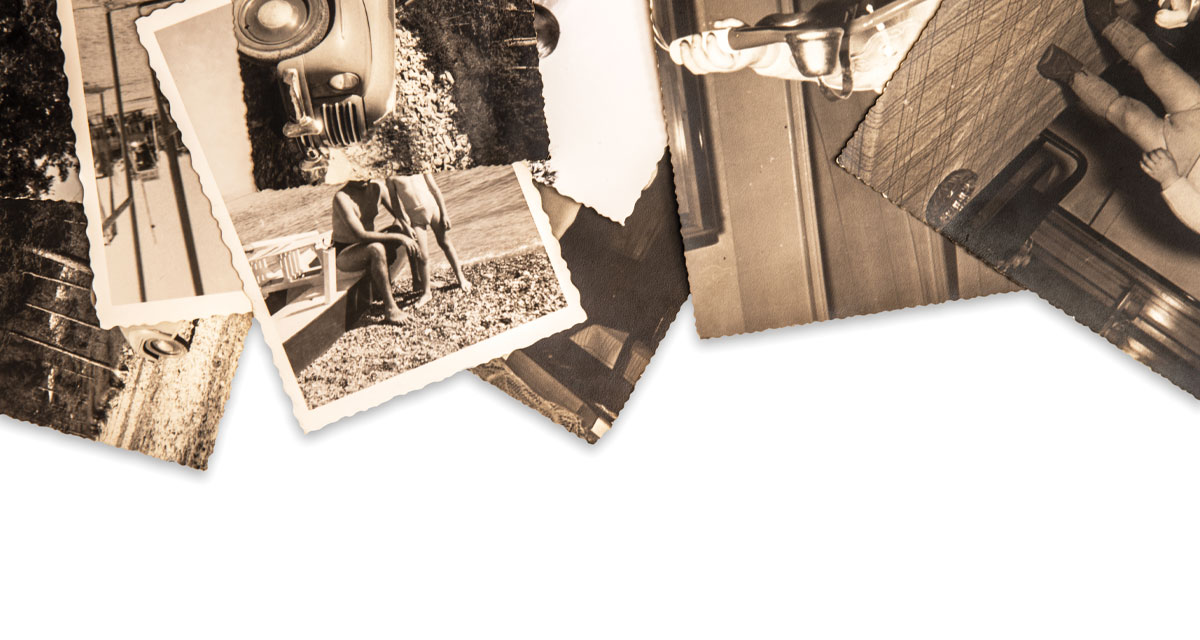I grew up playing in a toy kitchen my grandfather built for my mom. This kitchen has sentimental value because it was handmade and passed down through the years. It is engrained with love and memories of past playtimes. I remember spending many hours playing restaurant or grocery store with my sister. This item is what one would consider to be an heirloom.
According to dictionary.com, an heirloom is “a family possession handed down from generation to generation.” I would like to extend this definition to also include friend possessions. Heirlooms come in all shapes and forms. They are valued items that have stories and meaning attached to them. The common types of heirlooms are jewelry, clothing, pictures, books and toys. The list also includes family recipes, artwork, furniture and sterling silver. Some of my other favorite heirlooms are my grandfather’s World War II items and one of my grandmother’s handwritten recipes carved into a wooden cutting board.
It can be difficult to determine what item can be classified as an heirloom since it could be basically anything. In the article, “15 Common Family Heirlooms You May Find in Your Home,” writer and antique collector Kate Miller-Wilson states that an heirloom should match its definition, meaning they are “intended to be handed down from one generation to the next. Although they are sometimes worth money, they don’t have to have a lot of monetary value. Instead, they provide a sense of connection between generations in a family.” When looking at an heirloom, you may feel a bond between you and other relatives. This feeling is what signifies the item is an heirloom. Heirlooms can also come from items gifted to you or shared through a friend and still have the same meaning. One thing to keep in mind is that something may be an heirloom for you and not a sibling or parent. We all have different connections to various people and objects. Don’t be offended if you find something valuable while someone else doesn’t.
Preserving Your Heirlooms
You may have a Bible that is a hundred years old and belonged to your great-grandmother. This Bible has carefully been taken care of and preserved, allowing for it to be in your home today. It is important to save these items carefully and in particular ways.
First, make sure your heirloom is stored safely in climate-controlled areas. You should pay attention to the temperatures and moisture levels of a room where an item is being kept. Being too damp or too hot can cause damage to the heirloom.
- Paper Documents – Don’t fold or staple the documents. Keep them inside a Mylar or acid-free envelope and away from moisture, heat and light. Place the documents in a flat file box on its side and never upright.
- Photographs – If a picture isn’t inside a frame or glass enclosure, they should be stored in a box with pieces of acid-free tissue between them.
- Jewelry – Strive to keep jewelry pieces in a velvet or satin-lined box. Silver jewelry needs to be wrapped in tissue paper or in a cloth bag.
- Clothing or fabric items – Since fabric is also very sensitive to moisture and light, these items should be placed in a special preservation box with tissue, muslin stuffing, mothballs or cedar chips. Use a plastic, padded hanger if you are storing the clothes upright in a closet. Try to avoid hanging heavier items that could possibly stretch or tear.
Second, identify whom the heirloom belonged to, the story behind it and how it came into your possession. Add a tag, index card or piece of paper with this information to the item. Be careful to not directly attach paper to the item. Another idea would be to write down all of the information in one journal or take pictures of the items to put in an album with the captions.
Lastly, don’t fix broken objects. Instead, contact an antique expert before mending anything.
Heirlooms are treasures and wonderful items that tell stories about families and friends. They are pieces of history. Just be sure to take care of them so future generations will enjoy them for many years to come.



















